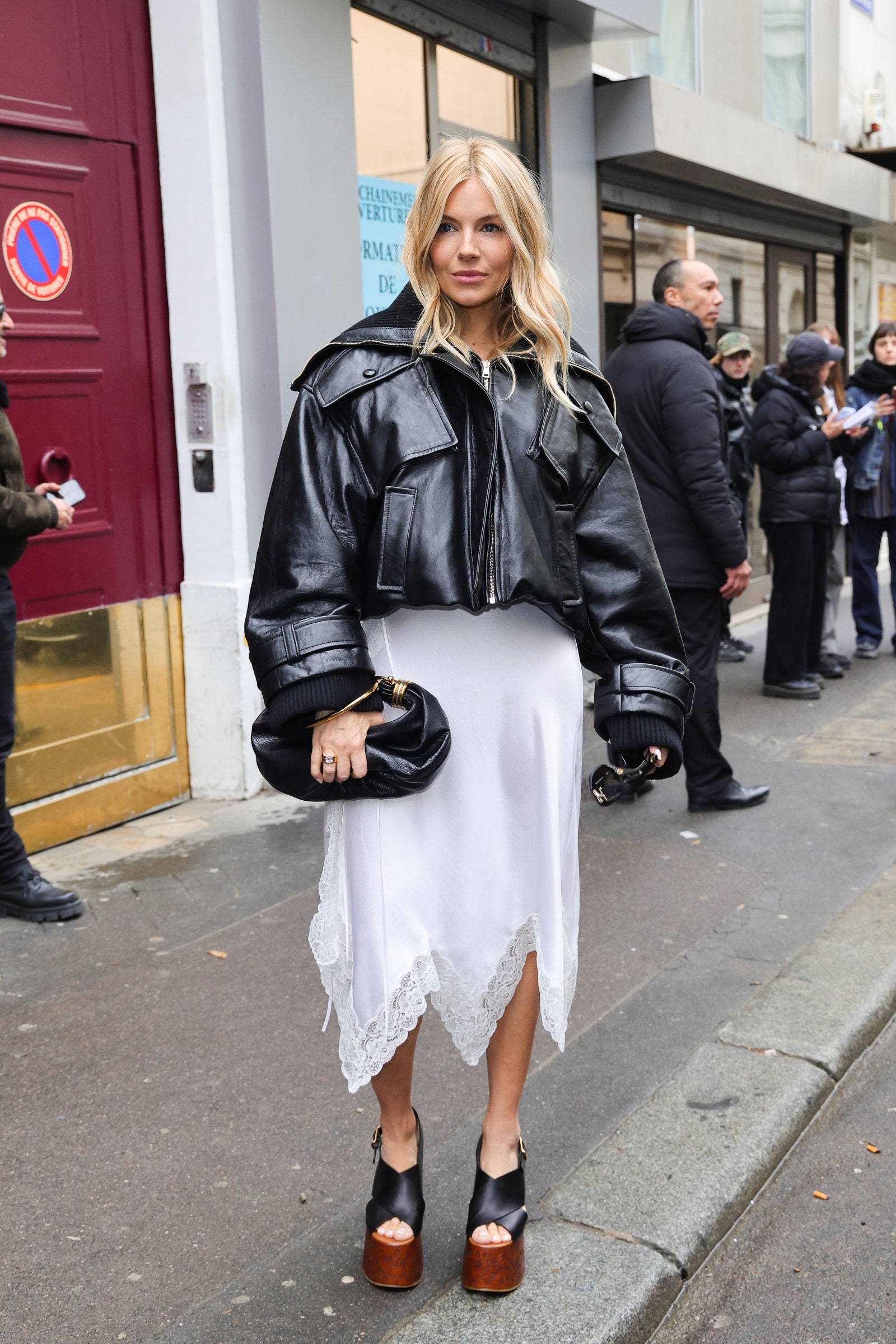“When the clothes aren’t in perfect condition,” Kee told me, “Vern alters them to make hybrids.” Like the bias-cut chiffon dresses with billowing sleeves I lusted over, as well as his bargain patchwork skirts made from floral print crepes. By the time London had become my full-time home in 1968, the bohemian look had taken off. Every Saturday, the Chelsea Market and shops like Hung on You and Granny Takes a Trip throbbed with musicians and models keen to make the multi-layered, globe-trotting look their own, subsequently influencing an entire generation to dress like them.
“The fashion world is in a state of anarchy!” the then radical-cool Nova magazine declared, as the counterculture appeared to eclipse the status quo in every sphere. For the first time, young people were traveling to Asia and North Africa in large numbers, bringing back embroidered textiles and local jewelry. Designers such as Ossie Clark and Antony Price absorbed vintage elements into their own creations, which are among the most sought-after vintage labels in circulation today.
Meanwhile, Vern met the legendary Italian stylist Anna Piaggi and they fell madly in love. “It was style meets style,” Kee remembers. “Vern’s encyclopedic knowledge of fashion history ignited Anna’s love of vintage clothes–she became his muse.” Together, the immaculately turned-out couple rose most mornings at 4 a.m.–with their flashlights on high beam–to scour the Bermondsey antique market for outstanding pieces.
After helping curate Fashion: An anthology by Cecil Beaton at the Victoria & Albert Museum in London in 1971, Vern moved to Milan with Piaggi. I also moved, many times, including to Sydney for a spell, where I reconnected with Jenny Kee, by then a celebrated Australian designer. Consequently, out of all the pieces I bought from the Chelsea Market, I’ve only managed to hold onto one single intricately embroidered Romanian shirt, which I still wear every summer.
In the ’90s and 2000s, a new iteration of boho chic emerged, spearheaded by Mairead Lewin, who made the look fresh by customizing vintage pieces for Kate Moss, Sienna Miller, Naomi Campbell and others. “For a while, it was a niche style,” she told me. “I had fun buying from flea markets in LA, Peru, France–the wilder shores of shopping. Many of the fabrics I fell in love with–rare crepes, devoré silks, cut velvets–are not available anymore.” There are, she says, still gems to be had, but online vintage trading has placed many prized piece out of reach for many. “Ever since stars started wearing vintage on the red carpet, you see Galliano dresses made in 1998 going for $26,000,” Lewin adds. I gulped, thinking back on how Vern sold 1950s Dior dresses for no more than $10 because their voluminous skirts took up too much room in his shop.
Today, it is a thrill to see the return of a more romantic and individualistic style of dressing. This third wave of bohemian chic is unique to 2025, reinterpreted by gifted vintage upcyclers including Lewin, and by fashion houses such as Valentino, Saint Laurent, and Chloé, which continue to create exquisite clothes made to last and to be cherished–perhaps in surprising new ways, by future generations of treasure seekers.
















